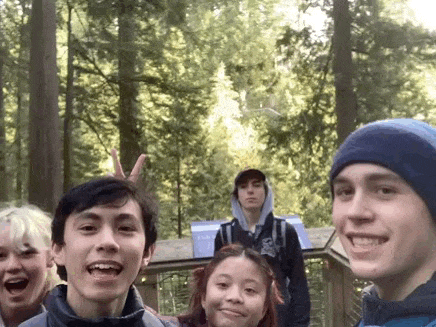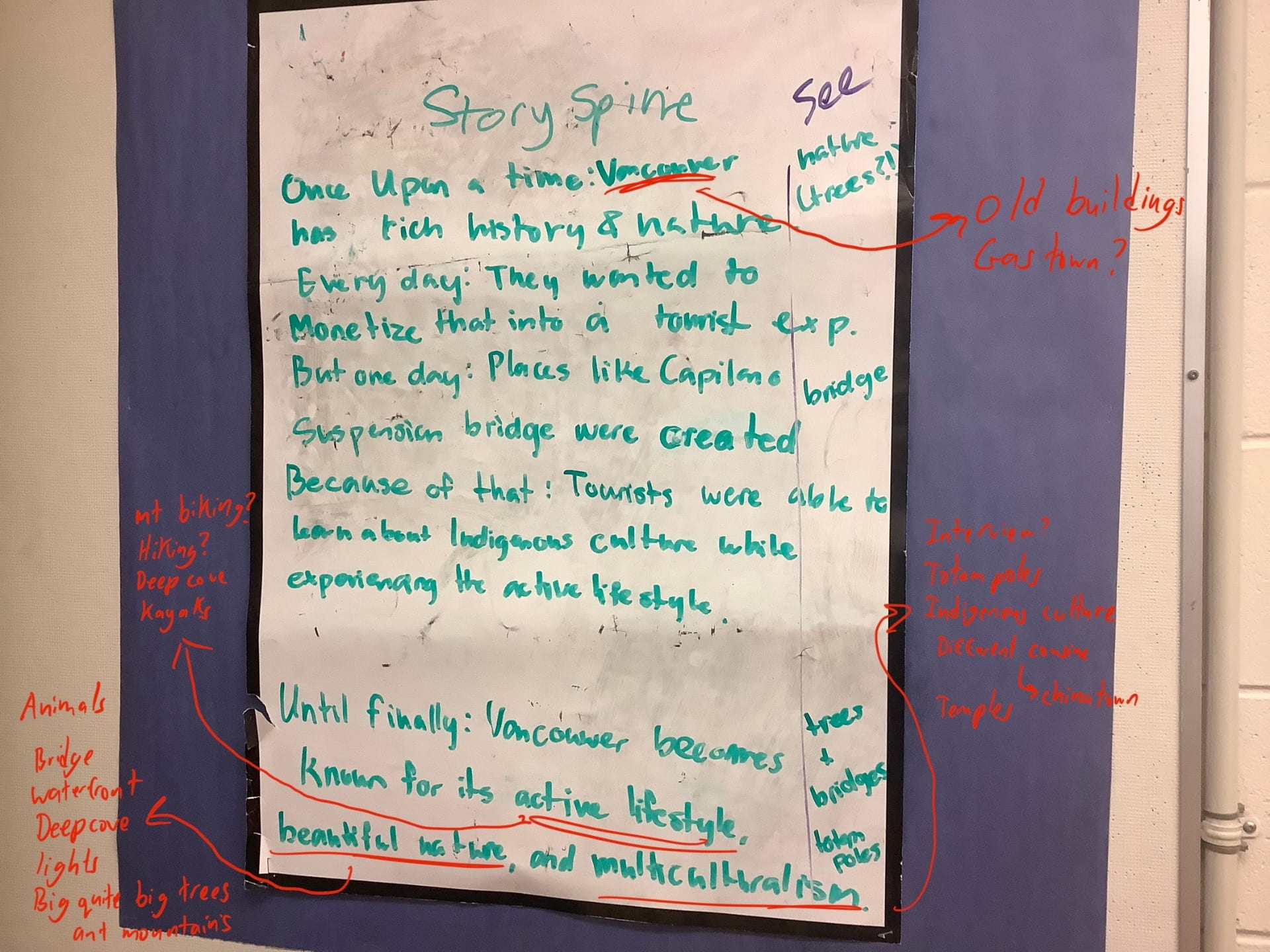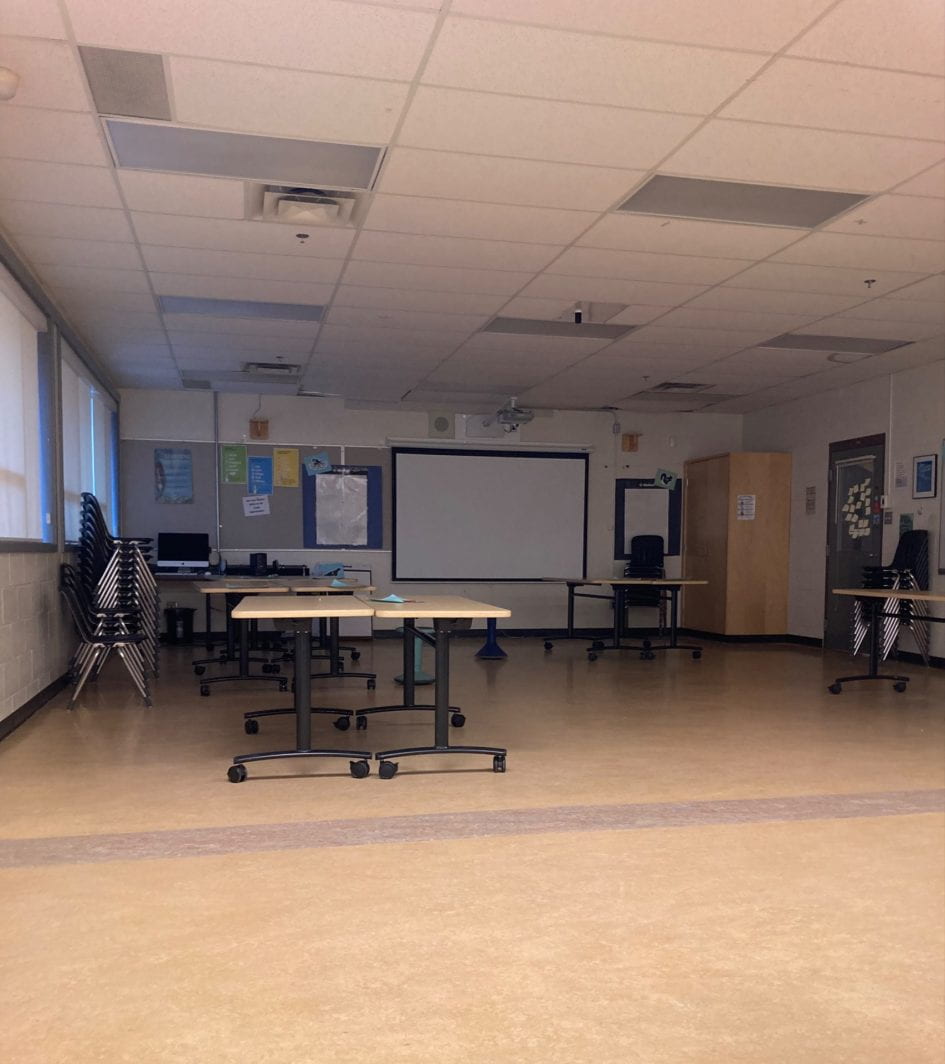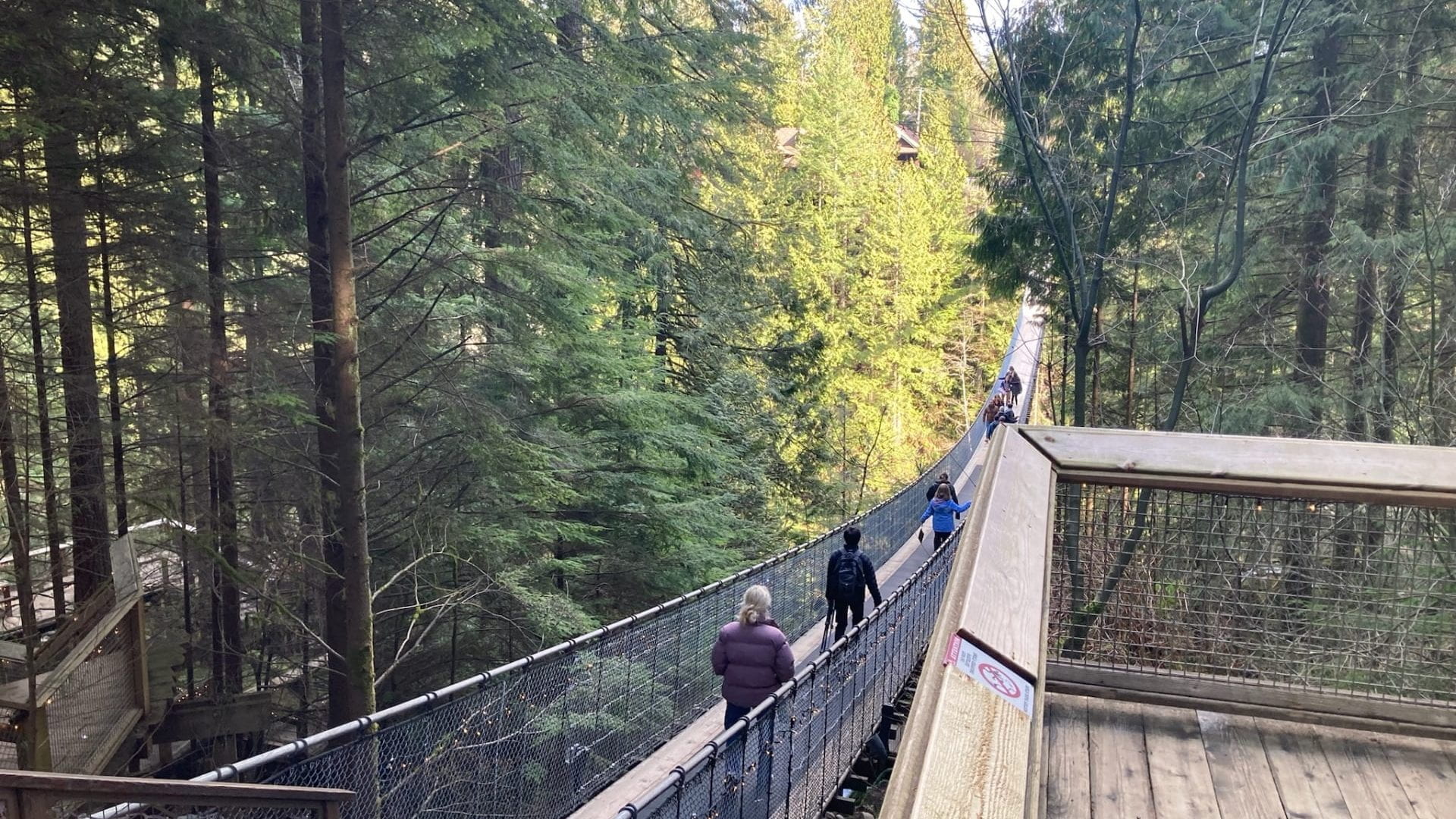🌲How do tourist attractions shape and influence the cultural, economic, psychological, and social experiences of visitors?🌲
We started this semester by being introduced to Craft, a powerful app that could be utilized for note taking (or, as we like to say in PLP, note “making”). Craft is unlike any app I have ever used, and although it has its pro’s and con’s, I have discovered it has completely changed the way I make notes.

I used a Personal Knowledge Manager (PKM) system in order to complete my research during this project. This system allows me to take notes, summarize information, link to related documents in my notes, and include my thoughts. This was much more efficient than methods I have used for creating good notes in the past, and allowed me to think critically and reflectively regarding my notes to build my understanding rather than what I like to call “consuming a mind-dump of information”.

The vast majority of my class went to Disney World for this project, but instead, a few learners including myself stayed in Vancouver and visited Capilano Suspension Bridge Park in order to answer our driving question. I worked with Fraser, Nolan, Claire, and Ben.


As we began researching, collaborating, and ideating, we created a pitch board and storyspine. Working as a team was something I found difficult due to difference in class schedules (not all of us were in the same class), and absences (post-pandemic life has been rough on all of our immune systems). Additionally, when most groups were given class time during our PGP block, a portion of our group were not in that class, leaving only afternoons in Maker for us to collaborate. However, we often were not given much time to work together during that block, if any. Communication proved to be difficult, but we managed to keep each other informed by updating each other in person or through Messages.
I worked closely with my friend Nolan for the idea generation portion of this project. I found this really hard because I wasn’t as familiar with him as I was with my other friends and the dynamic of having to respect other people’s ideas while still advocating for your own was not easy; which is why I think it was important I had the opportunity to work on this skill. As a result, I’m a lot more confident when working with my peers, and I feel a lot more certainty when pitching my own thoughts.


In order to plan our video on Vancouver tourism, we had to create a screenplay, storyboard, and call sheet – as well as decide on responsibilities. As the resident artist in the group, I created a storyboard based off the ideas my peers shared with me. (Seriously though, once people discover you do art in PLP, you’re stuck with storyboarding every project. I mean, I’m not complaining because I get it. It’s just odd realizing I have a reputation for something.)
Storyboarding wasn’t particularly difficult to me since I helped with much of the ideating for the screenplay and therefore had a clear idea of what the storyboard should look like. After we filmed most of our footage, we actually ended up changing much of the screenplay due to various reasons (which I’ll explain momentarily), so although my storyboard was great for idea generation, there are only a few small aspects of it that are reflective of it in our final video.




On our trip to Capilano Suspension Bridge, I had a lot more fun than I had anticipated. When our group had been deciding on a location to research for our video, I discovered I hadn’t been to most popular tourist attractions in Vancouver, including the suspension bridge, despite living here my entire life. Oops?
Thanks to our teacher, Ms. Maxwell, we managed to set up an interview with Brendan Wong; an employee at the park. However, our interview audio ended up turning out extremely poorly, cutting off exactly when he began to answer one of my questions. Thankfully, we had other interviews we could rely on to meet the interview requirement in our video, but I can’t help but feel as though our video could have been so much better if we were able to use the footage with Brendan’s interview since his answers were thoughtful and detailed. This proved to make our editing portion of our video much more difficult, since we had to scrap a lot of our previous ideas in our screenplay since we no longer had the narrative his interview helped create.
That experience was disappointing, but at least now we know to triple check the entire audio recording before parting with an interviewee, since our mistake was that the beginning of the audio sounded fine, but the rest was unusable.


Following our trip to Capilano Suspension Bridge, we had to do a lot of revision on our plan, without much of a guided direction due to the limited instruction and support we were given as well as the loss of our most important interview. We managed to go from a screenplay with a wordcount over 2,000, to a wordcount of around 600 – which was definitely an improvement, though a lot of the important ideas we spent weeks deliberating on were lost or only vaguely mentioned. After spending much of our classtime revising while the rest of our class was at Florida, we were able to meet up after spring break ended and finally complete our video through editing our own individual parts.
Despite the confusion, fails, and successes we experienced during this project, I like to think our group managed to answer the driving question with our own original take. Even though our final product could have been better, I’m proud of the improvements we made together not only as a group, but also the the growth I experienced as an individual when collaborating with other PLP learners. I’m glad to be able to say I can walk away from this project feeling much more self-assured in my abilities and thoughts than I did when I started.












Leave a Reply